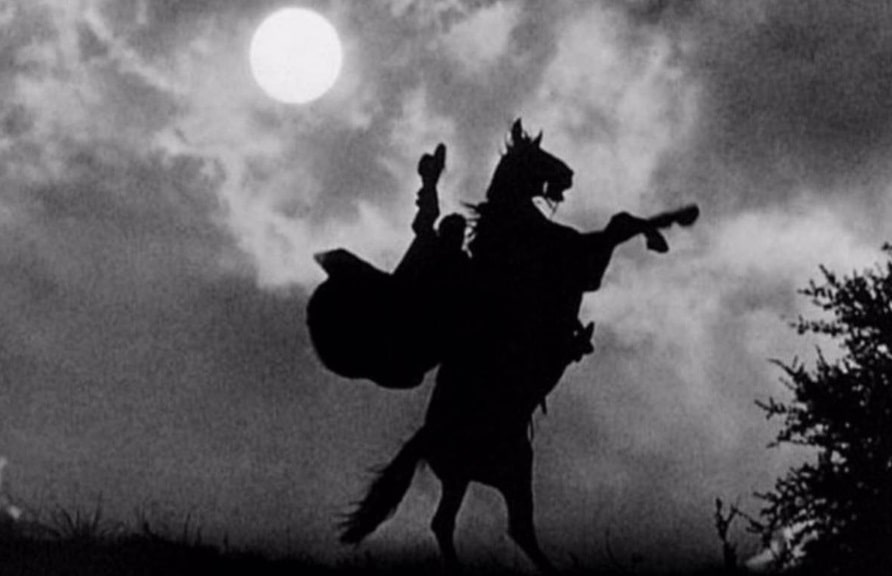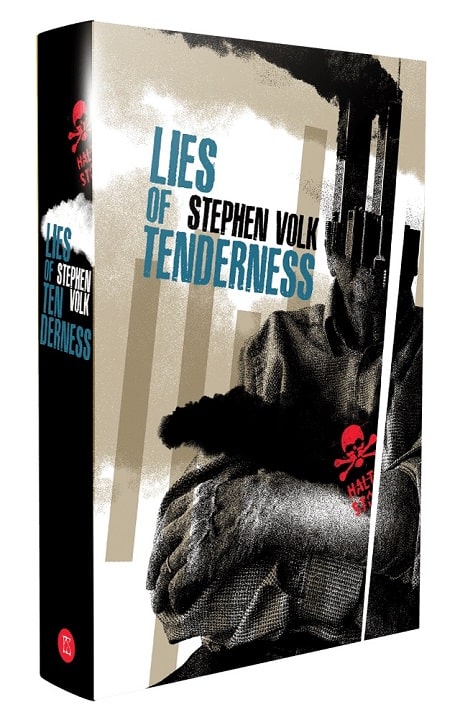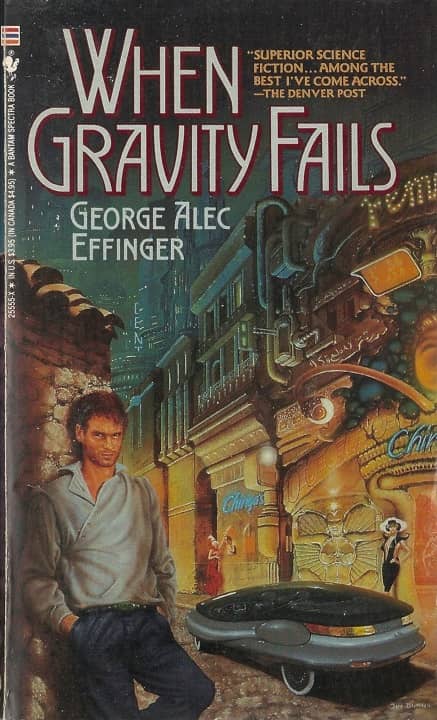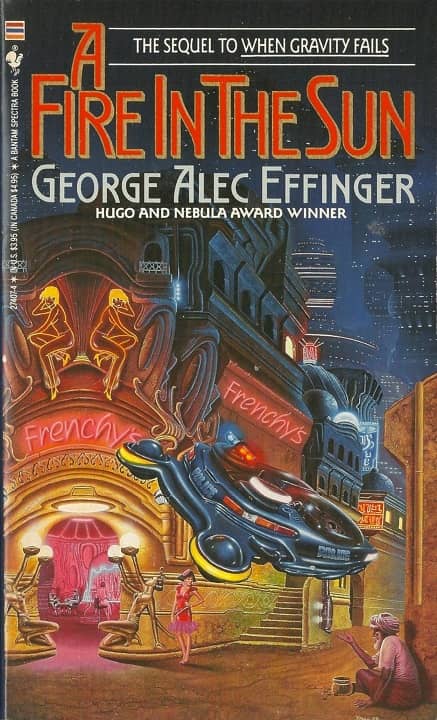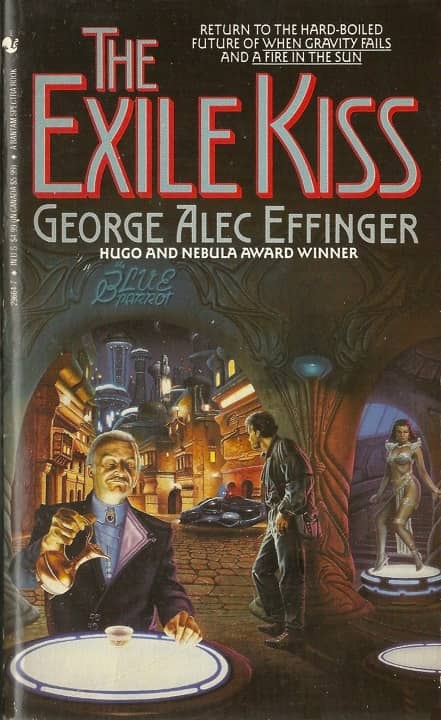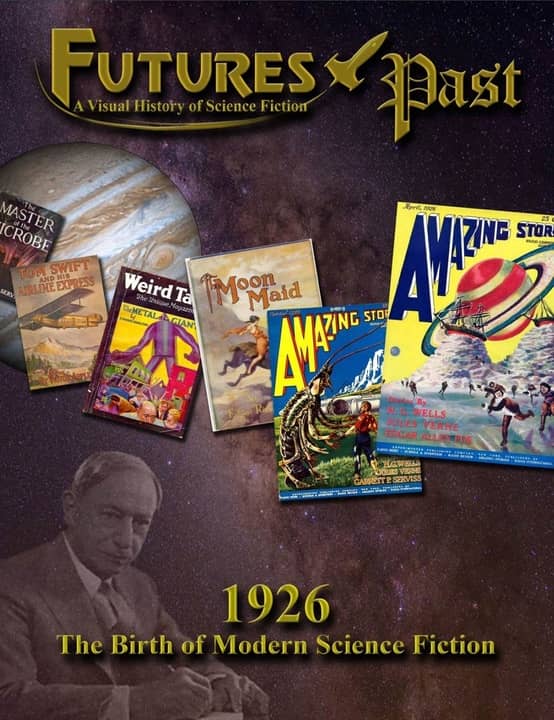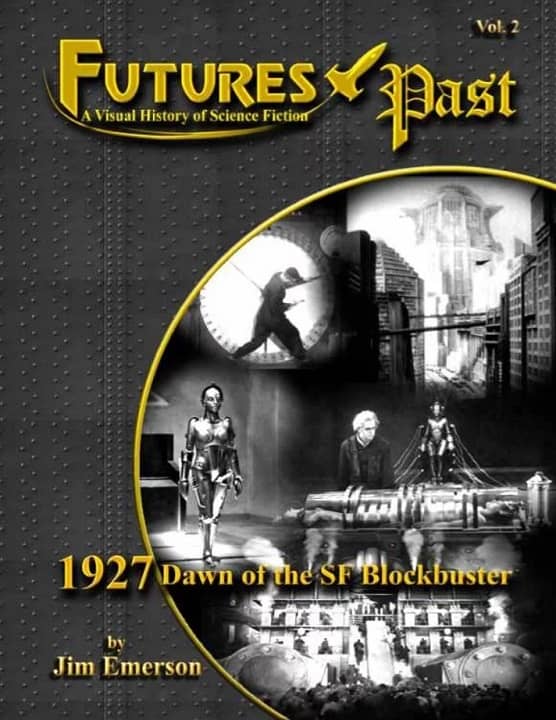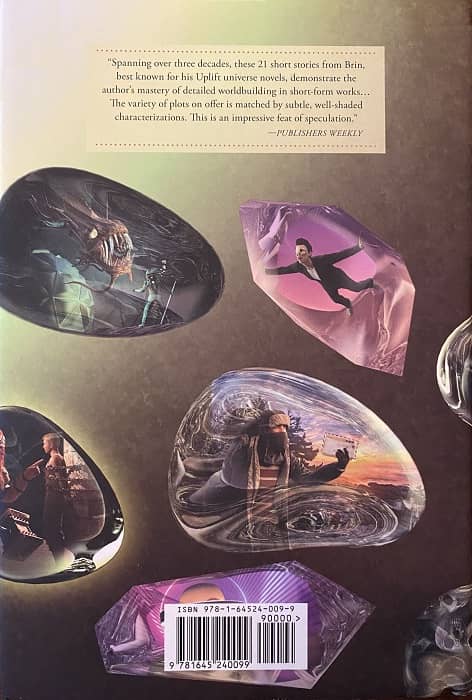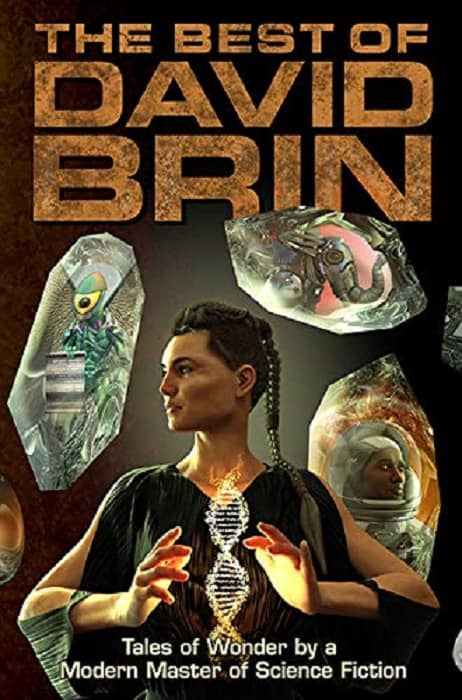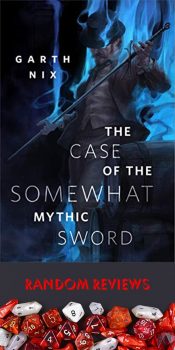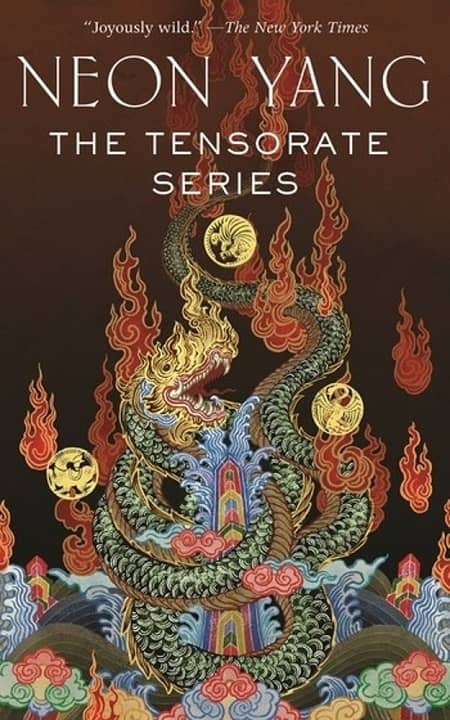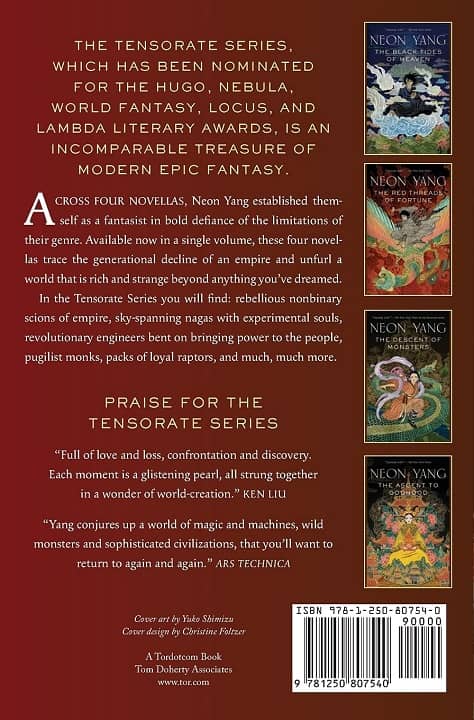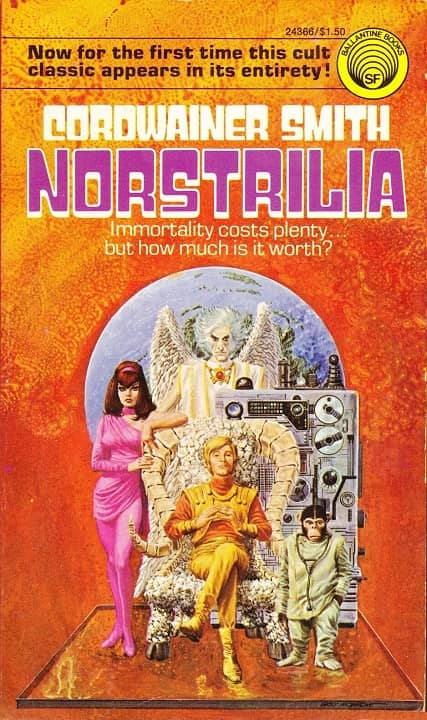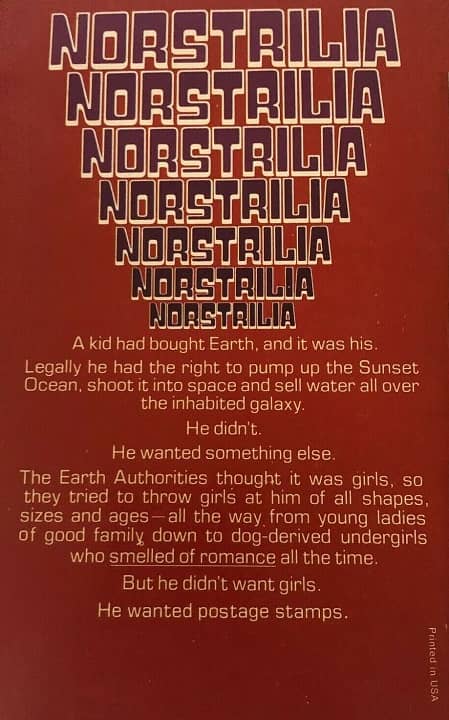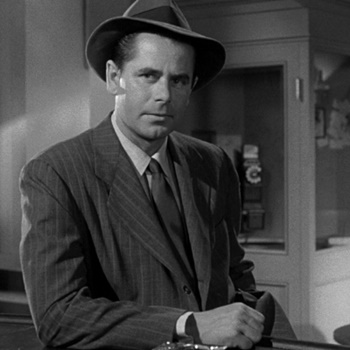Ellsworth’s Cinema of Swords: More o’ Zorro
Zorro, like the Batman, who borrowed more than a little from the adventures of the masked hero, is a perennial; Hollywood always has another reboot percolating in pre-production somewhere, and occasionally one of these makes it to the screen and the black-clad outlaw rides again. Disney’s Zorro was the definitive version from the late Fifties until the Seventies, when alternative takes on the evergreen character began to appear once more. The legend of Zorro is sturdy, iconic, and can stand a lot of revision and still work quite well. This week let’s look at Guy Williams’ version for Disney, and then a couple of variations on the theme once the character began to emerge from Williams’ long shadow.
(Reminder: Zorro’s first appearance, by the hero’s creator, Johnston McCulley, is included in Your Editor’s Big Book of Swashbuckling Adventure anthology.)
